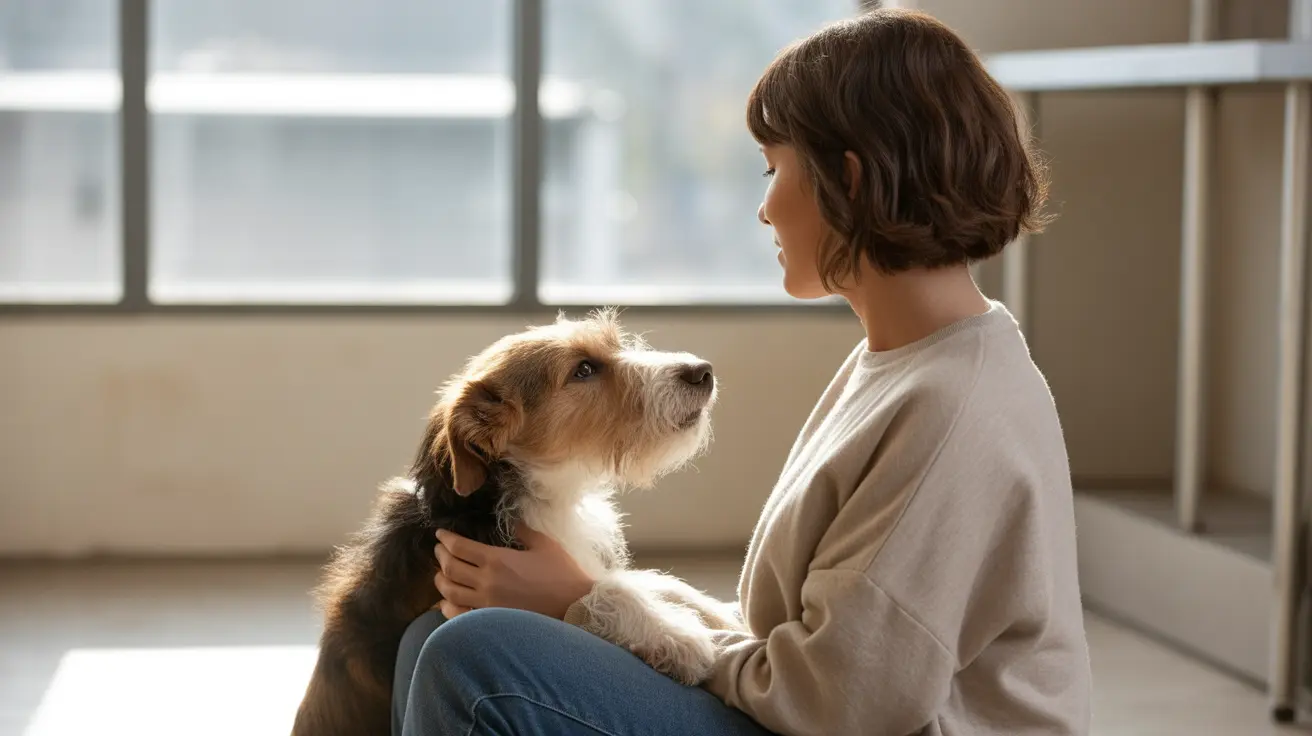How Dogs See Humans: A Unique Perspective
Have you ever wondered what your furry friend sees when they look at you? Dogs do not experience the world the same way humans do. Instead, their sensory perceptions—especially vision, smell, and hearing—combine to create a very different image of the people around them.
Understanding Canine Vision
Dog vision is distinct from human vision in several important ways. Here are the key differences:
- Color Perception: Dogs are not completely colorblind, but they see a limited range of colors. Their world is mostly in shades of blue and yellow. Reds and greens tend to appear as shades of gray or brown.
- Visual Acuity: Dogs have poorer focus compared to humans. Where we see sharp images, dogs perceive a blur. They see best at a distance of around 20 feet, while human vision can remain sharp up to 75 feet or more.
- Motion Detection: Dogs are extremely sensitive to movement, even more so than humans. Their ability to detect even slight movements plays a crucial role in how they recognize us and our behaviors.
- Night Vision: Thanks to the tapetum lucidum—a reflective layer in their eyes—dogs can see well in low light, making them better suited for nighttime visibility than humans.
How Dogs Recognize Humans
While dogs rely somewhat on vision, their primary tools for recognizing people are other senses:
- Scent: A dog’s sense of smell is up to 100,000 times more sensitive than a human’s. They often identify individuals mainly by their unique scent signature, not by appearance.
- Voice and Sound: Dogs have excellent hearing and recognize humans by speech patterns, tones, and distinctive sounds like footsteps or door handling.
- Body Language: Dogs are experts at reading body cues. They watch how you stand, move, and gesture, using this to infer mood, intentions, and identity.
What Dogs See When They Look at Us
When a dog looks at a human, they may not distinguish detailed facial features or specific eye colors. Instead, they see:
- A familiar shape and posture, especially when accompanied by recognizable movements and sounds.
- Broad behavioral patterns, such as walking styles, hand gestures, and general demeanor.
- An emotional presence; dogs can associate your mood with your facial expressions, tone, and scent. While exact facial features aren’t clear, emotional cues are.
How This Understanding Helps Pet Owners
Knowing how your dog views you can help strengthen your bond. Here are a few takeaways:
- Consistency is key: Use the same tones and gestures to reinforce your identity to your dog.
- Focus on scent: Let your dog smell you frequently, especially before you leave or after you return home.
- Respect their vision: Don’t expect them to rely on sight alone. Sudden approaches or new visual cues may confuse them.
- Leverage body language: Train using clear, repetitive motions. Dogs learn better from visible cues than verbal commands alone.
Conclusion
Dogs may not see us with the clarity or color that we do, but they experience us in ways that are deeply emotional and instinctual. With an exceptional sense of smell and a keen awareness of behavior, dogs perceive humans as familiar, comforting presences—associating us more with how we sound, smell, and move than how we look. By understanding this, dog owners can better connect with their companions and foster deeper trust and communication.





